
Crawl Space Repair Before & After Photos
Click on a photo to enlarge.
Creating a Healthier, More Comfortable Crawl Space
For this project, we turned the crawl space into a clean, dry, and healthier area. We started by installing drainage matting on the floor and partway up the walls to protect against ground moisture and provide a durable surface for storage. We then treated all wood and organic surfaces to prevent mould growth and gave the space a thorough cleaning wiping down ducts, removing spider webs, and clearing loose debris.
To improve comfort and energy efficiency, we added rigid insulation to the walls and rim joists, sealing all seams and gaps to stop air leaks. Finally, we fully encapsulated the crawl space with a heavy-duty liner, fastening and sealing it to the walls, footings, and piers. This creates a sealed barrier that helps keep the area dry, insulated, and protected from moisture and energy loss.
Crawlspace & Waterproofing in Coquitlam
The daycare facility experienced a water leakage issue, prompting the implementation of effective measures. Trench work was undertaken to divert and contain the water, complemented by the installation of a sump pump to efficiently eliminate excess water and ensure a dry and secure environment.
Crawl Space Air Quality and Insulation Upgrade in Burnaby, BC
This project focused on improving the air quality, cleanliness, and energy efficiency of the crawl space. The team began by cleaning the area, wiping down heating ducts, removing spider webs, and clearing loose debris from the floor. All wood and organic surfaces were then treated with a mould control solution to ensure a healthy environment.
A new dehumidifier and air purifier system was installed to control humidity levels and improve overall air quality, helping prevent mould growth and musty odors. A dedicated electrical outlet was added to power the system safely and efficiently. Finally, insulated panels were installed along the rim joist and upper wall sections to enhance comfort, reduce energy loss, and provide long-term protection.
Connection to Rain Leader for Proper Drainage in Burnaby, BC
The drainage system will be connected to the existing rain leader to ensure proper water flow away from the foundation, helping to prevent pooling and moisture issues around the home.
Crawl Space Encapsulation, Insulation & Sanitation Upgrade
For this project, we completely transformed the crawl space into a clean, dry, and energy-efficient environment. We started by removing old materials, including fiberglass insulation, rigid foam, and the existing vapor barrier. Heating ducts, sewer lines, and other surfaces were wiped down, spider webs cleared, and all debris safely disposed of.
Next, we encapsulated the crawl space with a heavy-duty liner, carefully sealed at the footings, piers, and along the foundation walls. Drainage matting was installed beneath the liner and extended up the walls to protect against ground seepage, while also adding durability and comfort for storage.
To improve sanitation, all concrete surfaces, the foundation walls, soil, and rim joist area were sprayed with a germicide to neutralize rodent urine. We then installed new foil-faced wall insulation, sealing all seams and gaps with spray foam and foil tape to create a tight, moisture-resistant barrier that does not absorb odors. Finally, insulation was added to the rim joists, providing for maximum energy efficiency.
The result is a healthier, better-protected crawl space that improves comfort, energy savings, and long-term home durability.
Our Service Area
We serve the following areas
- Abbotsford
- Agassiz
- Aldergrove
- Beaverdell
- Bridesville
- Burnaby
- Cawston
- Chilliwack
- Christina Lake
- Coquitlam
- Cultus Lake
- Delta
- Deroche
- Dewdney
- East Gate
- Grand Forks
- Greenwood
- Harrison Hot Springs
- Harrison Mills
- Hedley
- Hope
- Kaleden
- Kelowna
- Keremeos
- Lake Errock
- Langley
- Lindell Beach
- Maple Ridge
- Midway
- Mission
- Mount Baldy
- Naramata
- North Vancouver
- Okanagan Falls
- Oliver
- Osoyoos
- Peachland
- Penticton
- Port Moody
- Princeton
- Richmond
- Rock Creek
- Rosedale
- Summerland
- Surrey
- Tsawwassen
- Vancouver
- West Vancouver
- Westbridge
- White Rock

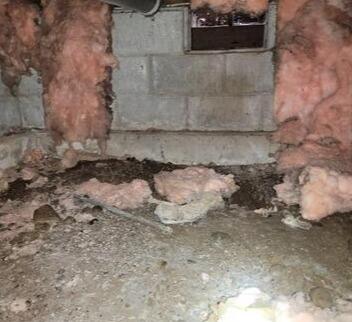
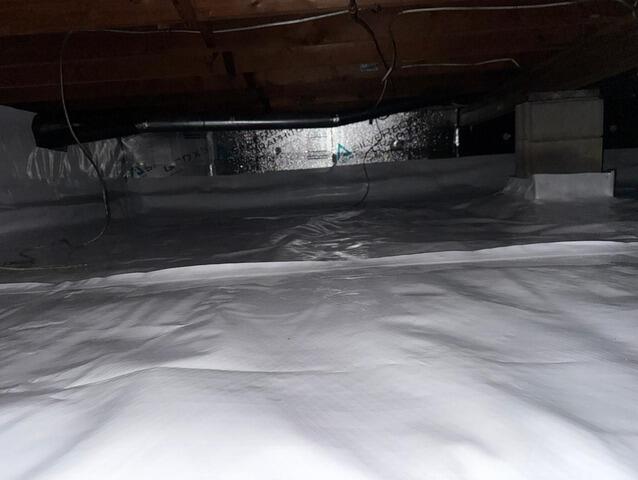


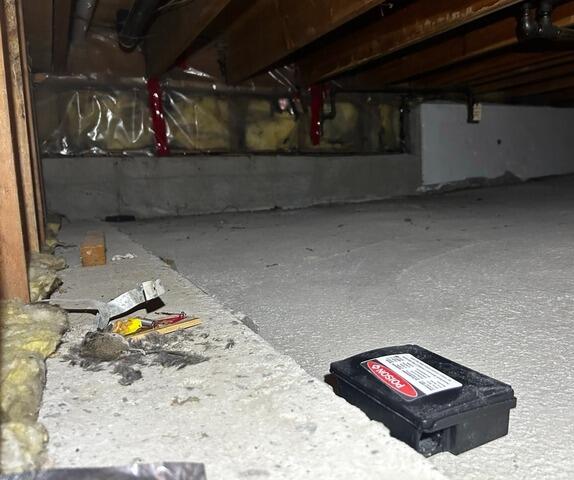
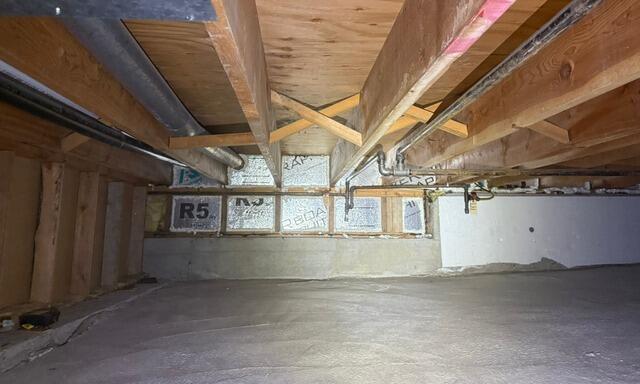
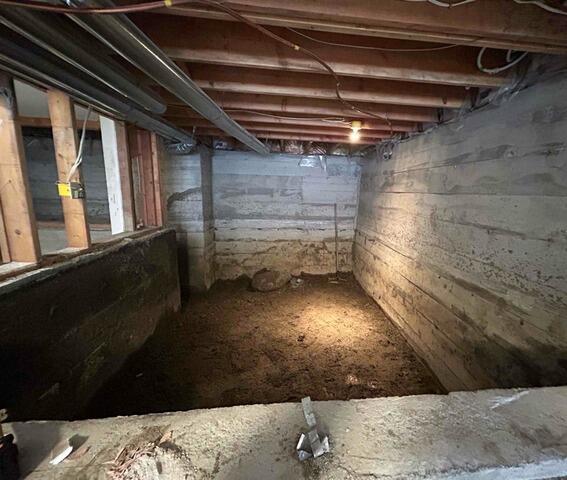

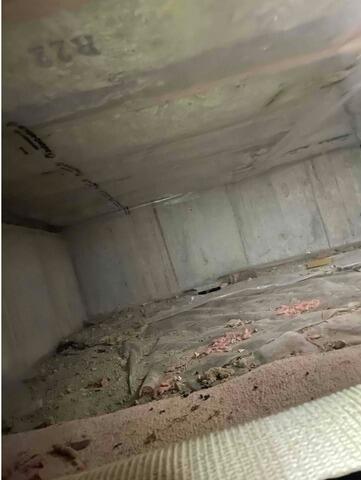
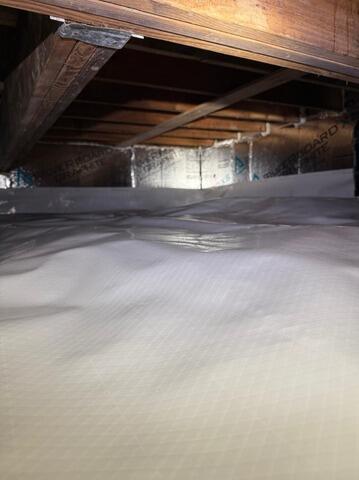


 or cash
or cash